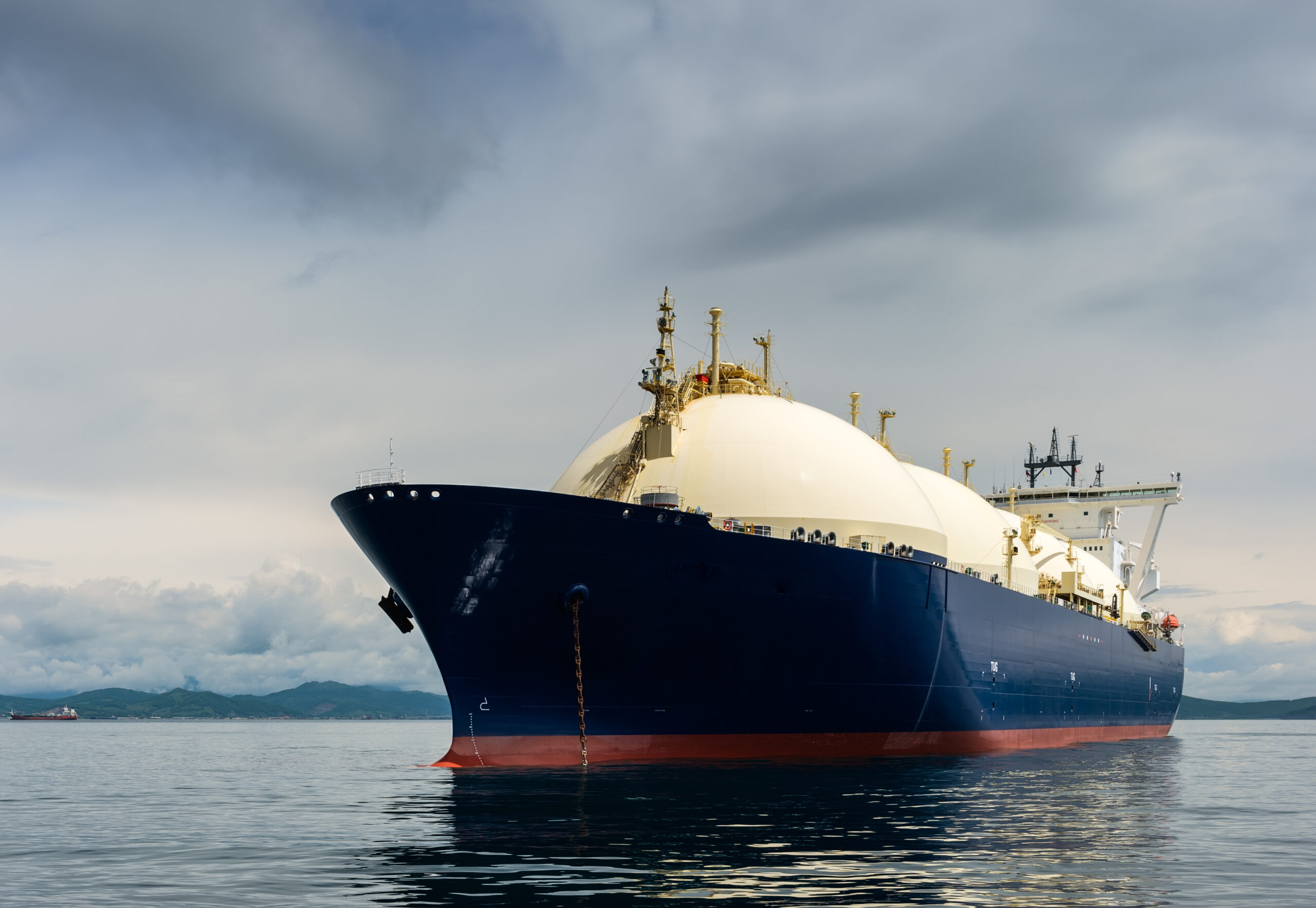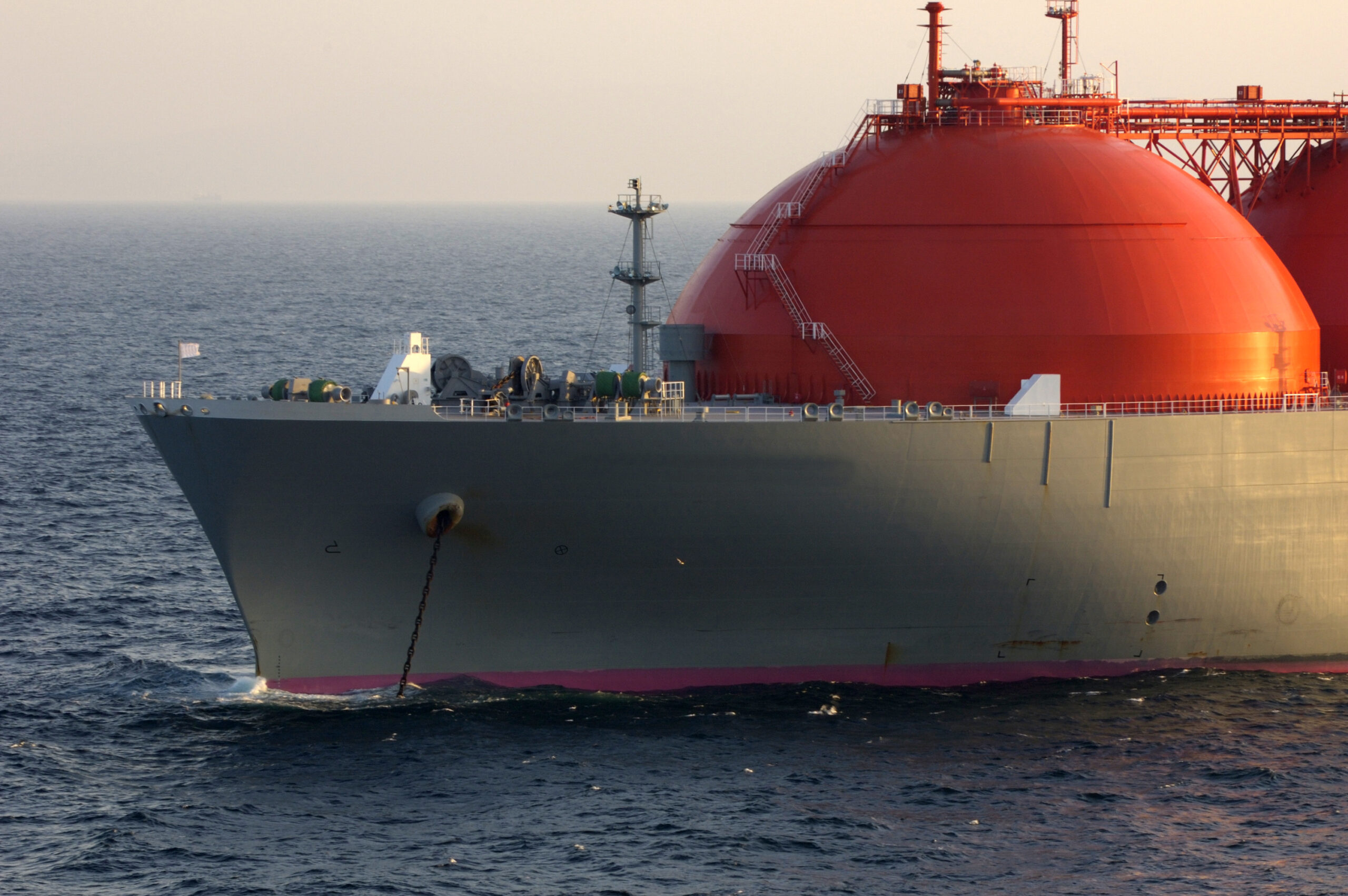The proportion of US LNG cargoes heading to Asia has risen sharply in recent months, growing from ~10% in March to ~30% during May. This redirection of flows has followed the JKM-DESNWE spread, which acts as a barometer of the competition for the destination of marginal USGC cargoes. Earlier in the year, Europe faced a colder than expected winter, driving increased heating demand and leaving a large storage deficit to be filled partially by LNG.
Asian LNG demand has been weak during the first half of 2025, down approximately 8% compared to the same period last year. This reflects a milder winter leaving overhanging storage in China, higher prices during Q1 incentivising switching, and US tariffs hurting industrial gas consumption.
This redirection of flows may, however, be an early signal of strengthening Asian gas-for-power demand, particularly as summer cooling requirement begins to ramp up. Three key importers of US LNG (Japan, South Korea, Taiwan) are all forecasted to have greater than average temperatures over the summer months, which could drive the JKM-DESNWE spread even wider.
In parallel, European buyers remain active in the spot market, driven by ongoing storage injection requirements. The shift in US flows underscores the value of contractual flexibility, with portfolio players able to redirect cargoes capturing upside in widening spreads. Buyers more reliant on spot purchases or rigid contracts may face growing exposure to price volatility and supply risk as summer demand tightens the market balance.
Join our webinar “Gas markets in flux: a framework for confronting macro uncertainty”
Time & access: Wed 2nd July 10:00-10:30 CET (09:00-09:30 BST)
Registration: Pre-registration required (access is free); webinar registration link – register here
Coverage:
- Macro drivers of gas market uncertainty as new supply wave looms
- 3 scenario framework to navigate LNG & gas market evolution
- Supply & demand curve framework sheds light on pricing dynamics
- Why demand is key to shaping market evolution & price formation
- Commercial & value implications of different market paths



